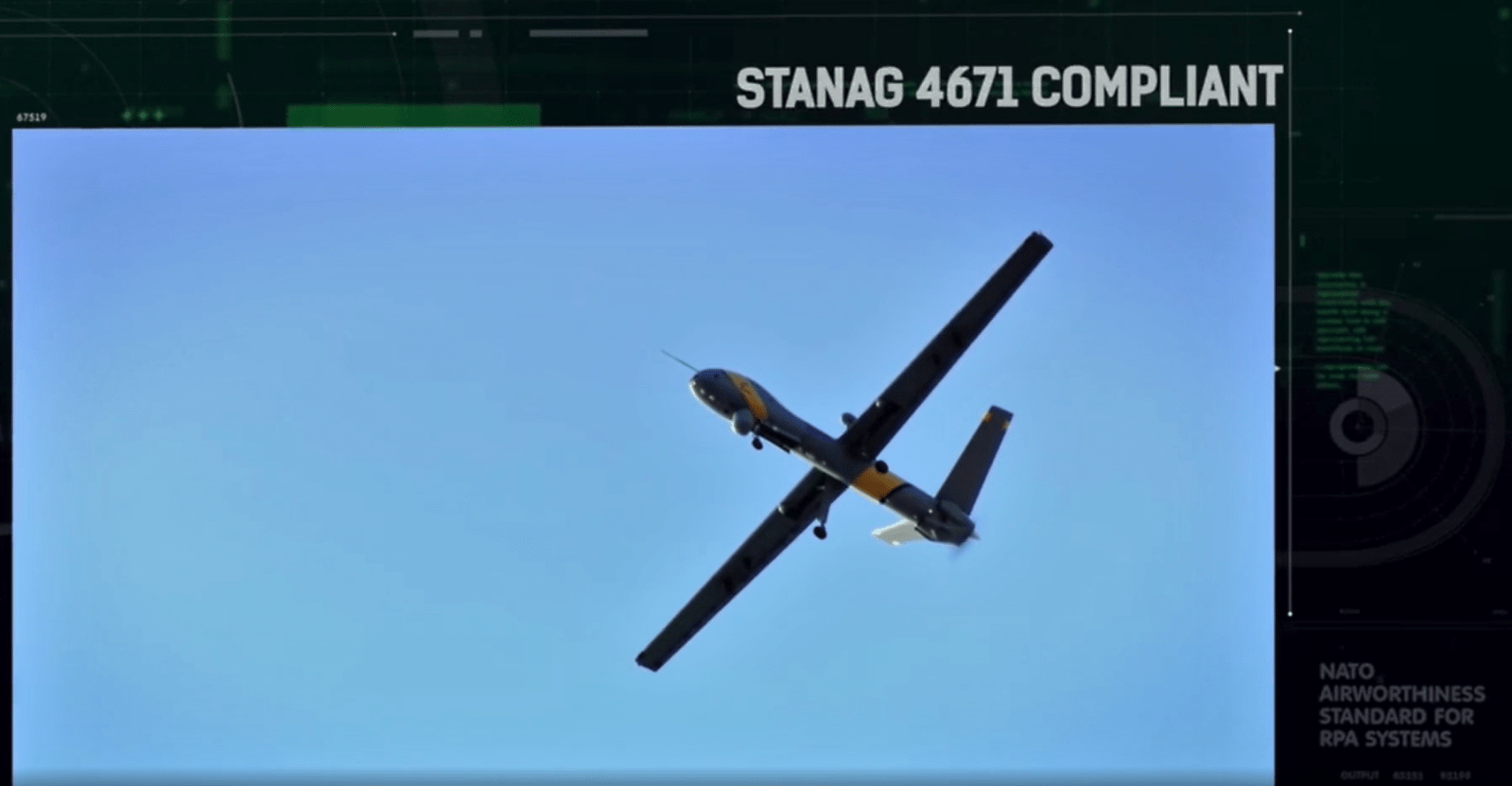
Israel has created aviation history by approving a drone to fly in civilian airspace and not restricting its flight to uncontrolled airspace. Following its certification by the Civil Aviation Authority of the State of Israel (CAAI), the Hermes Starliner UAS by Elbit Systems will now be able to fly at medium altitudes for a multitude of long-range missions, such as securing mass public events, environmental inspection missions, precision agriculture work, maritime search and rescue, as well as border security and anti-terror operations.
For safety reasons, international aviation regulations prohibit uncertified aircraft from flying in civilian airspace, limiting drone operations to unrestricted airspace – typically below 400 feet above the ground (AGL). The certification issued by the CAAI to the Hermes Starliner UAS changes this.
And the reason why this particular drone is being allowed to integrate into civilian unsegregated airspace is because it follows NATO standardization requirements.
Six-year certification process
The breakthrough achievement for Elbit Systems comes after a rigorous six-year certification process that included extensive ground and flight tests. These tests were conducted in line with air navigation rules, airworthiness basis, and aviation standards regulated by the International Civil Aviation Organization (ICAO).
As Joel Feldschuh, head of the CAAI, explains:
CAAI is an active partner in the ICAO effort to update international regulations to accommodate Remotely Piloted Aircraft Systems in civil airspace. This Type Certificate is the result of a fundamental process that we led for six years that included thousands of manhours, dozens of audits, laboratory tests, ground tests, intensive flight tests, and thousands of documents.
Hermes Starliner UAS: features and specifications
The drone itself is quite popular – not just in Israel but also internationally. Elbit Systems has been contracted by more than a dozen countries, including Canada and Switzerland, to supply the Hermes Starliner UAS and its variants.
With a wingspan of 17 meters and weighing 1.6 tons, the drone is capable of up to 36 hours of continuous flight at an altitude of up to 25,000 feet. It can carry an additional 450 kg of electro-optical, thermal, radar, and other payloads.
Among the aviation technologies that the drone carries onboard are a terrain avoidance warning system, automatic take-off and landing in harsh visibility, redundant avionics, sensors and satellite data links, as well as adverse weather capabilities, and direct lightning strike sustainment.
And now that it has been certified safe to fly above populated areas and in any civilian airspace, governments, as well as international and commercial organizations, can leverage the aircraft for large, long-endurance missions that were only performed by crewed aircraft until now.
Read more: Eyeing ‘global drone hub by 2030’ status, India bans foreign drone imports
FTC: We use income earning auto affiliate links. More.





Comments